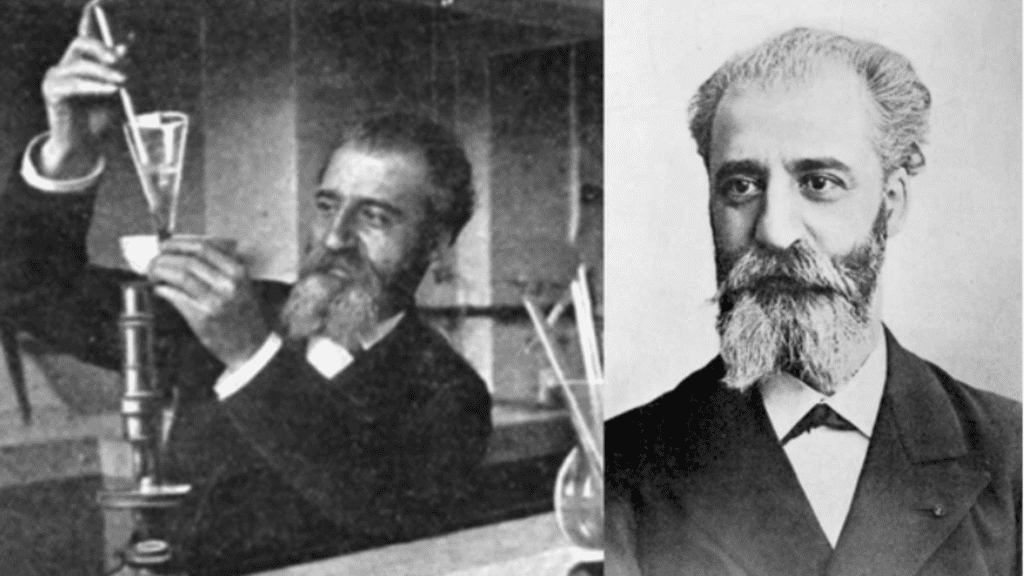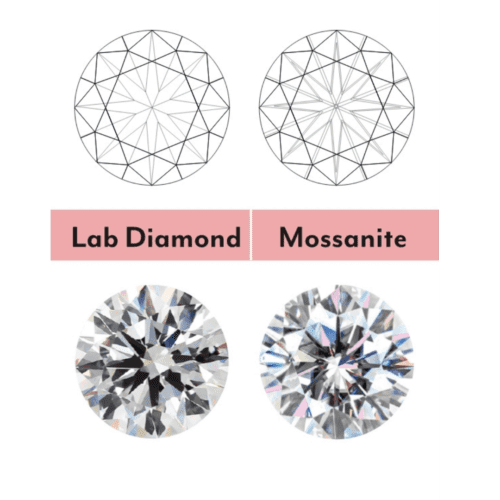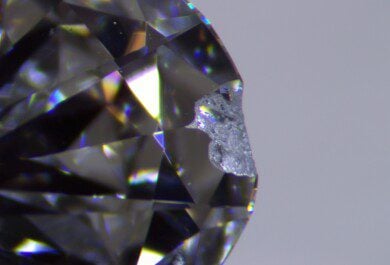- Natural Rarity and Exclusivity: Diamonds are naturally occurring gemstones formed deep within the Earth’s crust over millions of years. Their rarity and exclusivity make them a coveted symbol of luxury and status, cherished by connoisseurs and collectors worldwide.
- Brilliance and Fire: Diamonds possess a unique brilliance and fire. Diamonds’ natural ability to reflect and refract light creates a breathtaking display of sparkle and shine, setting them apart from Moissanite and other gemstones.
- Symbolism and Tradition: Diamonds have long been associated with enduring love, commitment, and celebration. From engagement rings to anniversary gifts, diamonds hold a special place in our hearts as a timeless expression of romance and devotion.
- Lasting Investment Value: Diamonds have maintained their value and desirability over time, making them a sound investment for those looking to preserve wealth and pass down heirlooms for generations to come. Unlike Moissanite, which may depreciate in value, diamonds offer a sense of security and stability that transcends fleeting trends and fads.
- Exceptional Durability and Longevity: Renowned for their hardness and durability, diamonds are built to withstand the test of time. They can endure daily wear and tear without losing their brilliance or beauty, making them an ideal choice for engagement rings, wedding bands, and other jewelry pieces meant to be treasured for a lifetime.
In summary, while Moissanite may offer affordability and sparkle, diamonds possess enduring value, symbolism, and exceptional durability.













